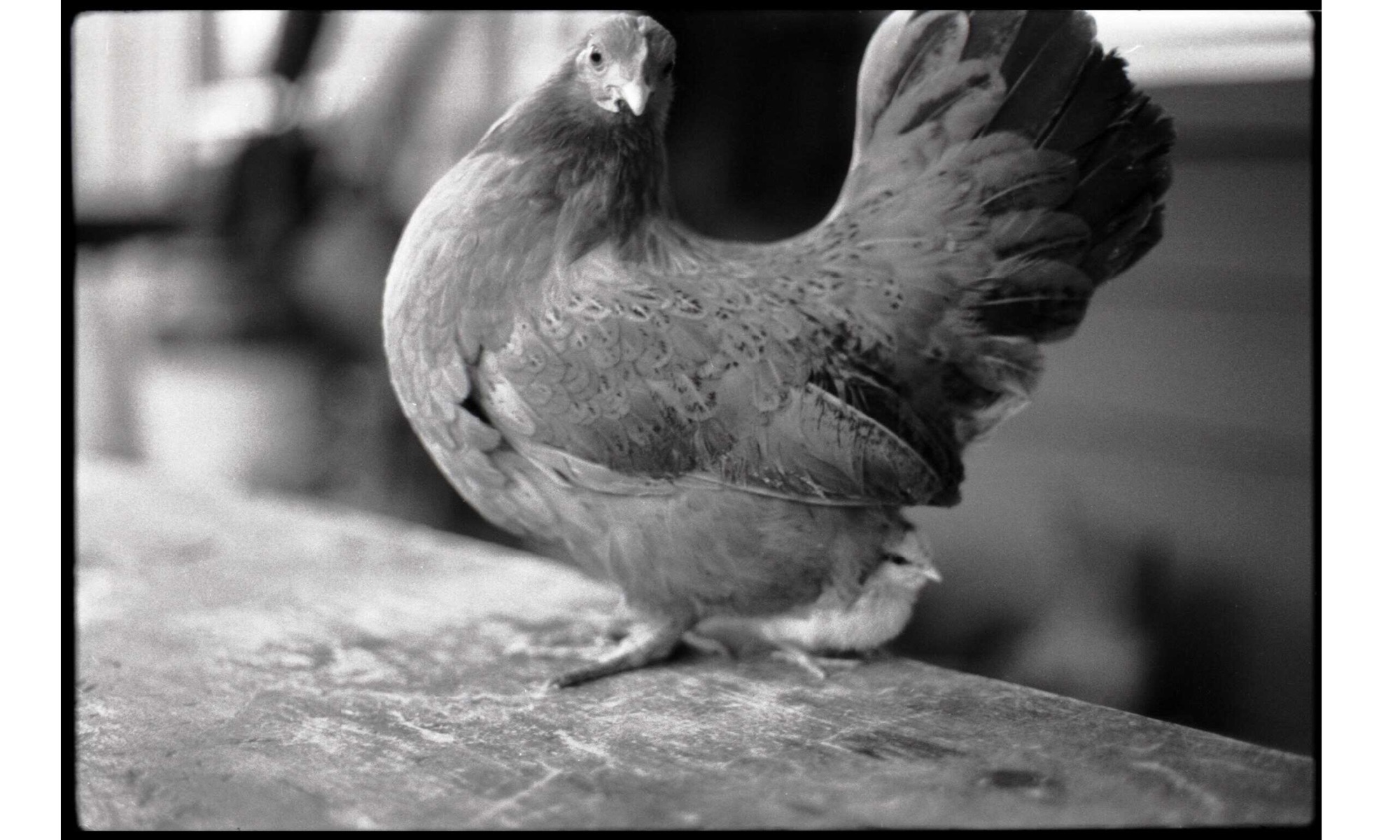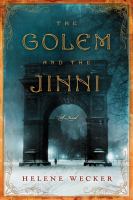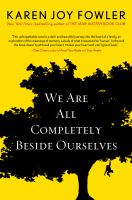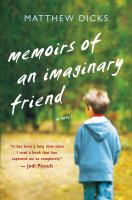 In preparation for my list of the best books I read in 2014, I wanted to call out a particular category that deserves mention, but didn’t feel right to include on the list proper, and that is the graphic novel, or more specifically, the collected editions of monthly comics. I’m a big comic book reader, and most of the reading I do in this genre is of individual issues on a monthly basis. Occasionally there is a title I’ve missed that I later catch up with when they are collected and published in bound editions. If I included these collected editions as part of this list, then Saga, Volumes 1, 2 and 3 would have made the Top 5.
In preparation for my list of the best books I read in 2014, I wanted to call out a particular category that deserves mention, but didn’t feel right to include on the list proper, and that is the graphic novel, or more specifically, the collected editions of monthly comics. I’m a big comic book reader, and most of the reading I do in this genre is of individual issues on a monthly basis. Occasionally there is a title I’ve missed that I later catch up with when they are collected and published in bound editions. If I included these collected editions as part of this list, then Saga, Volumes 1, 2 and 3 would have made the Top 5.
The latest ongoing work by notable comic writer Brian K. Vaughan, with dynamic assistance from illustrator Fiona Staples, is a science fiction space opera cum Romeo & Juliet. A soldier and a rebel from opposite sides of two warring planets, fall in love and flee with their infant daughter with the governments of both factions, and a particularly a couple of wild bounty hunters on their tails. Saga is just that: a prose narrative of achievements and events in the history of a personage, family, etc. Sagas are all about heroism, and while there is something inherently heroic about Alana and Marko’s forbidden love and their refusal to follow the prejudiced and hateful viewpoints of their respective worlds, their heroism is shown on a much smaller scale, and that is they desire to raise their daughter despite the odds against them.
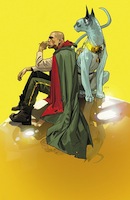 Vaughan, whose work in such comic titles as Y: The Last Man, Ex Machina, Runaways and the stand-alone graphic novel, Pride of Baghdad, is known for this thoughtful explorations into the human condition, while telling a compelling adventure story, whether in the context of a dystopian society, a world of super-heroes, or against the backdrop of war. His partner and co-owner of Saga is talented illustrator Fiona Staples, whose imaginative designs of alien races and starships lends both a whimsical fantasy and hard science fiction element to her work. Her gorgeous, hand-painted covers, and hand-worked lettering are also widely-praised by critics and fans alike.
Vaughan, whose work in such comic titles as Y: The Last Man, Ex Machina, Runaways and the stand-alone graphic novel, Pride of Baghdad, is known for this thoughtful explorations into the human condition, while telling a compelling adventure story, whether in the context of a dystopian society, a world of super-heroes, or against the backdrop of war. His partner and co-owner of Saga is talented illustrator Fiona Staples, whose imaginative designs of alien races and starships lends both a whimsical fantasy and hard science fiction element to her work. Her gorgeous, hand-painted covers, and hand-worked lettering are also widely-praised by critics and fans alike.
If you’re a fan of high adventure, fantasy or science fiction, but not a comic reader, I would recommend you give Saga a try. If you’re a comic fan, but not so hot on the science fiction/fantasy elements, i would also suggest you pick up Saga, Volume 1. This is top notch work, and worthy of a place in my list of Top Reads of 2014. I only gave it a category all its own to make room for more books to spotlight.
